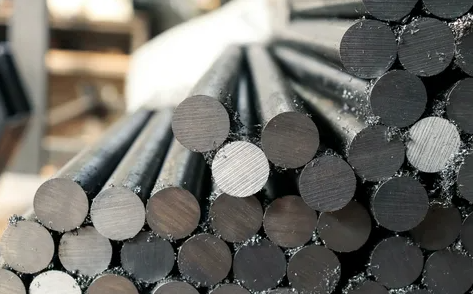In the third quarter, the company recorded a net loss of CAD$485.1 million, compared to a net loss of CAD$106.6 million in the same period last year, and its revenue was CAD$523.9 million, compared to CAD$523.9 million. In the third quarter, the company's adjusted EBITDA amounted to a loss of 87.1 million Canadian dollars, and the EBITDA margin was 16.6 percent. The company's shipments in the third quarter totaled 419,173 tons, which is 21.6 percent less than 520,443 tons in the same period last year.
In addition, as of the beginning of July 2025, work on the commissioning and capacity increase of Unit 1 of the Algoma EDP project has made significant progress. The furnace and related assets of the smelter are performing well, achieving quality indicators for a wide range of grades of rolled products and hot-rolled rolled products. The Q-One power system and other important process components work as intended and ensure stable metallurgical quality and process control. Algoma's annual raw steel production capacity is expected to be about 3.7 million tons, and annual carbon emissions are projected to decrease by about 70 percent.
Michael Garcia, CEO of Algoma, said: "Our third quarter results are largely in line with our previously announced forecasts as we continue to navigate the challenging steel market environment. The U.
S. steel market remains largely closed to us, and broader market conditions continue to create obstacles. Nevertheless, we have taken decisive action to strengthen our position during this period of uncertainty. We remain focused on advancing the transition to the electric arc furnace, improving cost structures, and ensuring Algoma's sustainable profitability in the years ahead."
Mr. Garcia concluded: In response to the current market dynamics, we are accelerating the transition to EDP steel production, accelerating our transformation into one of the lowest cost producers of environmentally friendly steel in North America. Although we cannot control macroeconomic or market access issues, we remain focused on what we can control, namely the successful implementation of our transformation strategy. We are confident that the flexibility and structural advantages we create through our investments in production technology are environmentally friendly.






